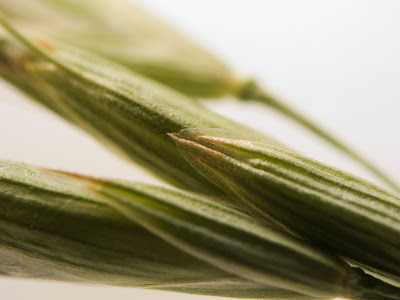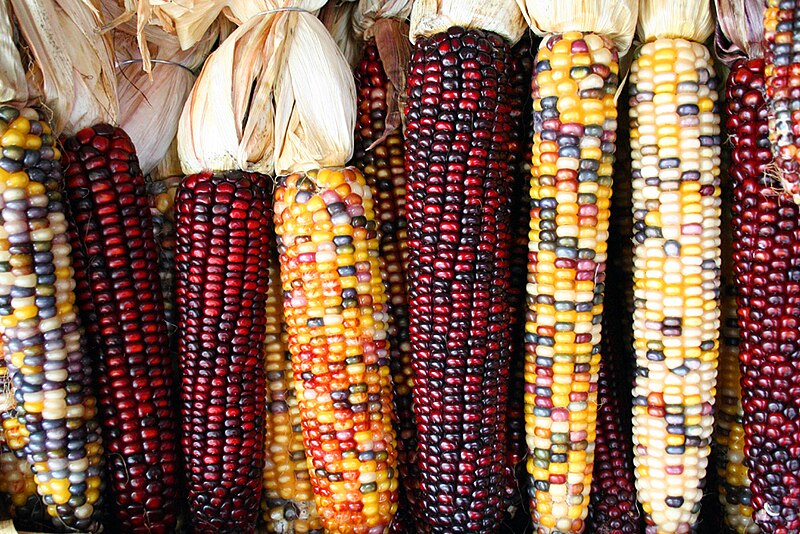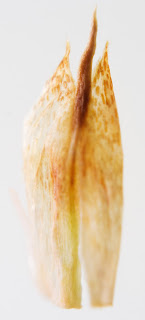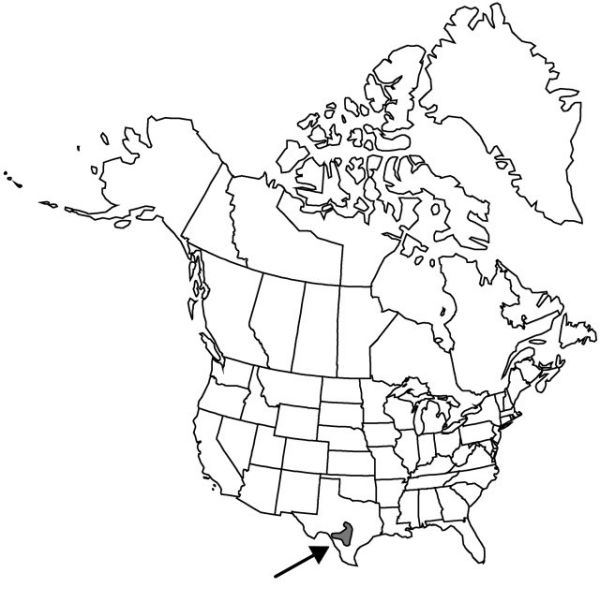Like Annie Dillard said, it's an ugly word.
But the month just won't stop reproducing, regardless the language we attach to it, regardless the assault on our sensibilities, and absolutely regardless of our presence. (If a fish spawns in a creek and nobody hears it, does . . . ? Of course!)
We saw last month about this time the male bluegill standing, as it were, on his tail and sweeping out a pebbled nest area with its caudal fin, anticipating a female's acceptance of himself and his preparations. As the female approaches the nest, the male launches into his "rim circling" until the female accepts him and his handiwork. When the right female enters the nest area, the male and her will sidle up against one another as she deposits the eggs and he the milt. Then in two to five days, up to 18,000 fry hatch out. Females tend to leave the nest after spawning, leaving the offspring in the care of the male.
Our bluegill appear to be much smaller than most mature fish of this kind, and the reason is probably that The Pool in which ours live is just too small of an area. The food supply may be minimal, and competition within and among species may be great. Overpopulation and stunted growth extend to most living things.
Most people who know bluegills are probably used to the larger, browner version. Our clear but small creek waters may be responsible for the increased colors (blues, greens, and white) and decreased size. Season and sex are other factors in determining what this fish looks like.
These bluegill (Lepomis macrochirus) parents below were observed at the north end of The Pool, just after lunchtime.
Other names for bluegill include gills, bluegill sunfish, northern bluegill sunfish, common bluegill, blue sunfish, bream, blue bream, or bluegill bream.
But the month just won't stop reproducing, regardless the language we attach to it, regardless the assault on our sensibilities, and absolutely regardless of our presence. (If a fish spawns in a creek and nobody hears it, does . . . ? Of course!)
We saw last month about this time the male bluegill standing, as it were, on his tail and sweeping out a pebbled nest area with its caudal fin, anticipating a female's acceptance of himself and his preparations. As the female approaches the nest, the male launches into his "rim circling" until the female accepts him and his handiwork. When the right female enters the nest area, the male and her will sidle up against one another as she deposits the eggs and he the milt. Then in two to five days, up to 18,000 fry hatch out. Females tend to leave the nest after spawning, leaving the offspring in the care of the male.
Our bluegill appear to be much smaller than most mature fish of this kind, and the reason is probably that The Pool in which ours live is just too small of an area. The food supply may be minimal, and competition within and among species may be great. Overpopulation and stunted growth extend to most living things.
Most people who know bluegills are probably used to the larger, browner version. Our clear but small creek waters may be responsible for the increased colors (blues, greens, and white) and decreased size. Season and sex are other factors in determining what this fish looks like.
These bluegill (Lepomis macrochirus) parents below were observed at the north end of The Pool, just after lunchtime.
Other names for bluegill include gills, bluegill sunfish, northern bluegill sunfish, common bluegill, blue sunfish, bream, blue bream, or bluegill bream.
Here we see what appear to be two parents nervously guarding the hundreds of young fry. Typically only the male will guard the fry, and then only for several days. The adults do not so much guide the cloud of young fry as follow along. Once while watching these particular ones, I saw several larger fish approach, apparently to eat the fry, and the water surface roiled in a frenzied fight that resulted in the retreat of the hunters.
Fish Fry
[Please also see the entry "Guard-Daddy" (Sunday, April 24, 2011) for the video of the male bluegill jealously guarding its nest.]
| Kingdom: | Animalia |
| Phylum: | Chordata |
| Class: | Actinopterygii |
| Order: | Perciformes |
| Family: | Centrarchidae |
| Genus: | Lepomis |
| Species: | L. macrochirus |
(In Greek, Lepomis means “scaled gill cover,” and macrochirus means “large hand,” thought to refer to the fish's body shape.)
The whole time the bluegills were spawning or defending, pool life continued. Bass rose to the warm surface to snatch insects, a blotched water snake slowly crawled across the bottom of the pool, a single large dragonfly paced back and forth through the air, and the canyon wren sang its descending-octave up the bluff.
| River Walnut (Juglans microcarpa) Low-growing in the stones near the creek. |
















.gif)



















